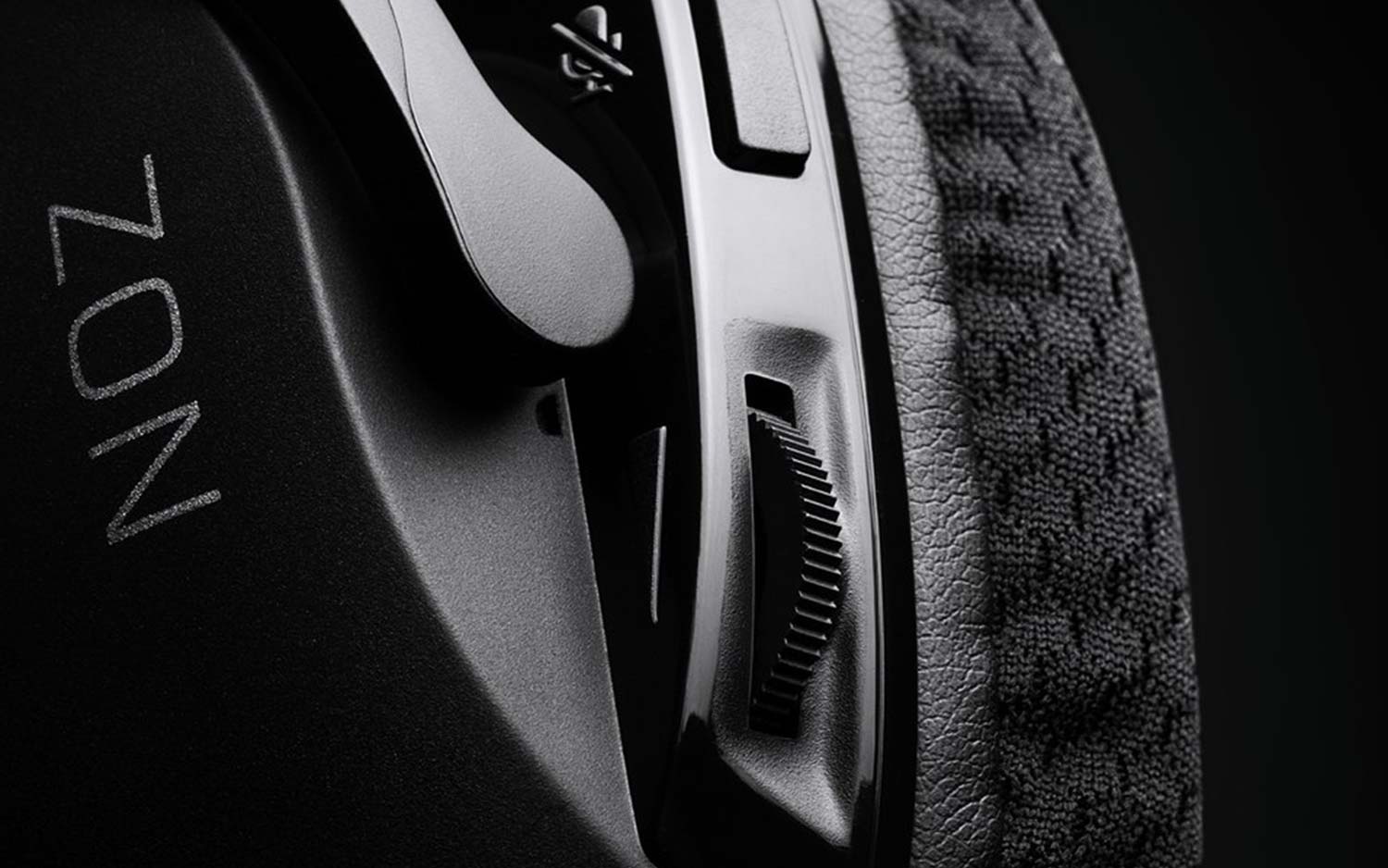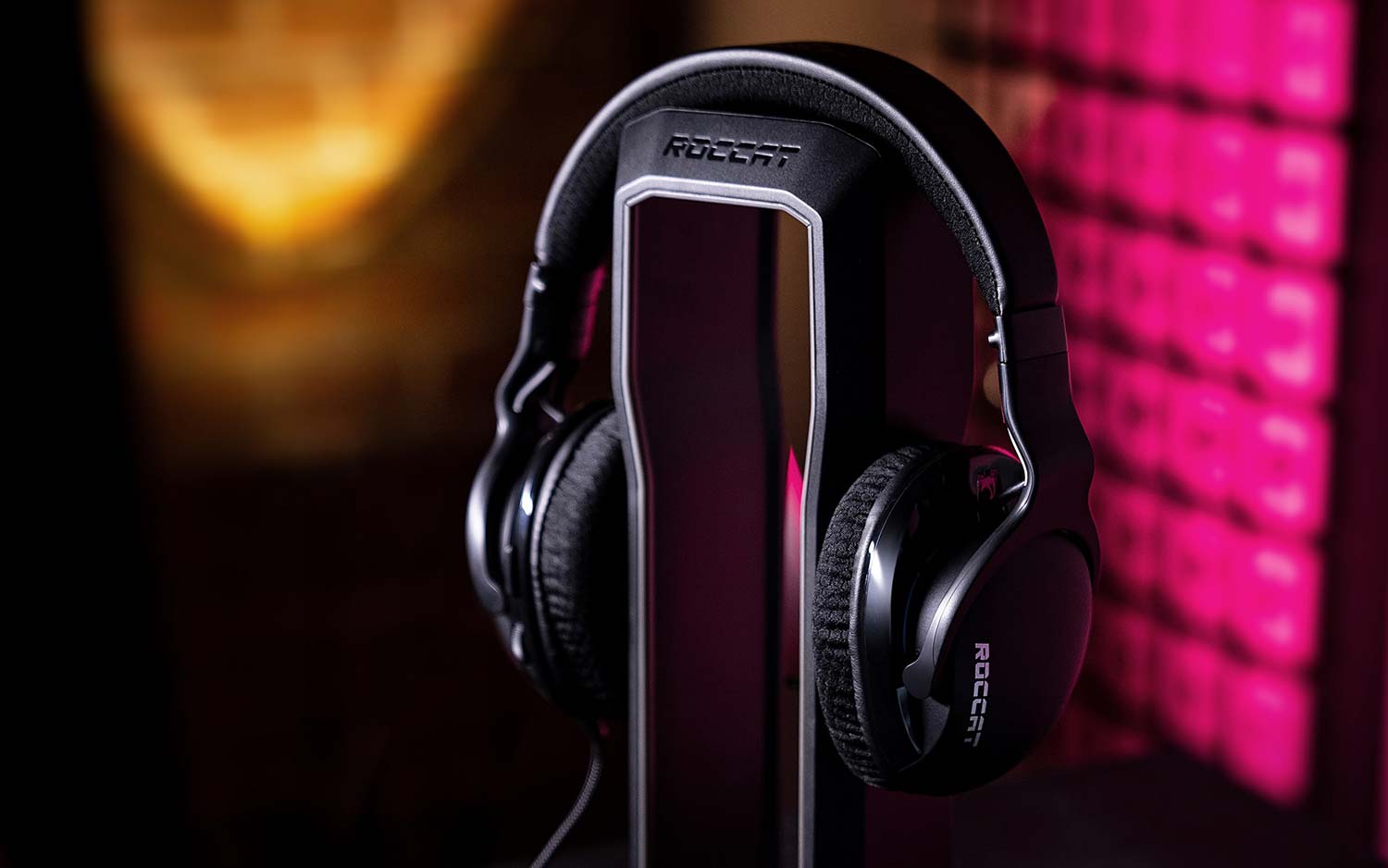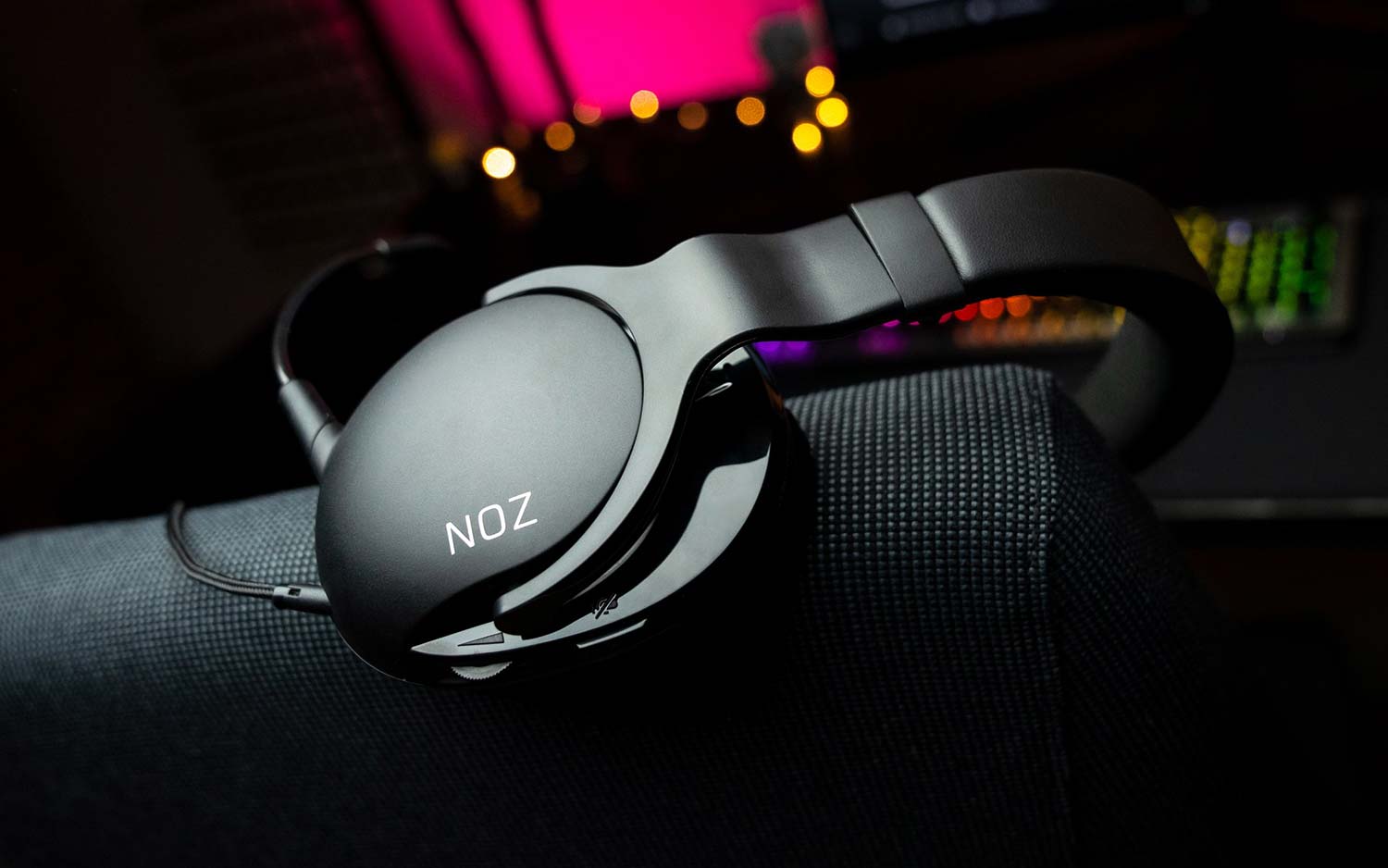Tom's Guide Verdict
Pick up the Roccat Noz if you really need a removable mic in a $70 headset. Otherwise, you can find better sound quality in similar devices.
Pros
- +
Good in-game sound
- +
Lightweight feel
- +
Widespread compatibility
Cons
- -
Unimpressive music quality
- -
Mediocre mic
- -
Imperfect fit
Why you can trust Tom's Guide
If there's one thing I've learned about Roccat headsets over the years, it's that less is more when it comes to design. Whenever the company strips away all the extraneous bells and whistles and delivers a solid gaming headset, it's usually very good. But when the company goes for something more elaborate, the results are more mixed. That's the case with the Roccat Noz ($70), a versatile, inexpensive gaming headset.
The device has a lot of smart features, including a built-in volume dial and a removable mic, making it suitable for just about any gaming system. But the Noz isn't as comfortable as it could be, and the sound quality is all over the place. While $70 is not a prohibitive asking price, Roccat also makes better gear in the same price range. Consider the Noz if a removable mic is a big deal to you; otherwise, look elsewhere, too.
Design
The Noz is one of the plainer-looking headsets to cross my desk in a while. It has a black plastic chassis with foam ear cups and a padded headband. The left ear cup has a volume control dial, a mic mute button and a removable, flexible mic. You can connect the Noz to a PC with separate mic and audio 3.5-millimeter jacks by default, but it also comes with a combined mic/audio adapter. This will let you use the headset with a laptop, mobile phone, PS4, Xbox One or Switch (in handheld mode, anyway).
The removable mic is the most important part of the package, since gaming headsets in this price range usually have nonremovable boom mics. It's admittedly a nice touch, as the mic is easy to connect, difficult to accidentally disconnect and simple to position where you want it. In theory, the headset's low-key design means that you could use it as an everyday pair of music headphones — but you probably wouldn't want to, for reasons discussed later.
Comfort
You can wear the Noz for hours at a time, whether or not you have glasses. That means that, for the most part, they're comfortable. However, getting a good fit isn't that easy. Rather than notches or an elastic headband, the Noz adjusts with a plain steel band. It's not easy to fine-tune the Noz's position when it's on your head, and if you take it off, it's hard to tell how it will fit when you put it back on. I was also never able to get a perfect seal around my ears, but this may depend on your head's shape.
Get instant access to breaking news, the hottest reviews, great deals and helpful tips.

I handed off the Noz to a co-worker, who said that it was one of the most comfortable headsets he's worn recently. He appreciated its lightweight feel and said they lay nice and flat against the sides of his head. Since this didn't mirror my experience with the gadget, it may be worth trying on the Noz before you commit, if possible.
Gaming Performance
One area in which the Noz really delivers is in a game. I put the headset through its paces with Overwatch, StarCraft: Remastered, Thronebreaker: The Witcher Tales and World of Warcraft, and the Noz deftly handled each title. The sound was immediate and clear, whether I was perfecting my Gwent deck or ravaging a Protoss encampment. The soundscape seems tuned especially well for the midtreble range, meaning it balanced music and dialogue pretty well. There's just not a tremendous amount of bass, in case you're a fan of gut-shaking explosions.

Just be aware that with the Noz, what you hear is what you get. There are no surround sound, equalization or ChatMix options. Every game I tested sounded good, but if the default soundscape isn't well-suited to your game of choice, you'll just have to make peace with it.
Features
Since the Noz connects via 3.5-mm jack rather than USB, there's no software to go along with it. As such, what you see is what you get. The Noz's biggest feather in its cap is the fact that it will work with just about any system on the market — except for newfangled cell phones that don't have headphone jacks.
MORE: Best Gaming Headsets 2019
The other feature worth mentioning is the Noz's removable microphone. While its physical design is beyond reproach, the sound quality is decidedly mediocre. When I recorded my voice with it, the mic picked up a tremendous amount of background noise, and my voice had a hollow, quiet quality to it. It will probably be fine for everyday multiplayer use, as long as you remember to speak up, but I wouldn't necessarily trust it with higher-level competitive play.
Music Performance
Since the Noz is lightweight and unobtrusive, it could make a good music headset — except for the fact that it doesn't play music very well. I listened to music from Old Crow Medicine Show, Flogging Molly, The Rolling Stones and G.F. Handel, and wasn't very impressed with the way it handled any of them. All of the music had a slightly fuzzy, faraway quality to it, and the bass in a lot of songs was almost inaudible. The same qualities that help the Noz in a game hurt it here.

If you listen to music primarily to block out external noise, then the Noz gets the job done. And, to be fair, it's not common in this price range for gaming headsets to offer good music performance, too. Still, the way the Noz handles music is arguably the weakest thing about the whole package.
Bottom Line
The Noz is a perfectly decent headset. It doesn't cost too much money, it fits reasonably well, and it sounds good in-game. At the same time, adjusting it is a pain, the mic is not that great and music performance falls far short of its gaming chops.
Of Roccat's two sub-$70 headsets, I actually liked the $60 Roccat Renga Boost much better. And, if you're willing to splurge, the $100 Roccat Khan Aimo is still the best headset that the company has put out in recent memory. Overall, the Noz is worth considering, but not to the exclusion of similarly priced models.
Credit: Roccat

Marshall Honorof was a senior editor for Tom's Guide, overseeing the site's coverage of gaming hardware and software. He comes from a science writing background, having studied paleomammalogy, biological anthropology, and the history of science and technology. After hours, you can find him practicing taekwondo or doing deep dives on classic sci-fi.

